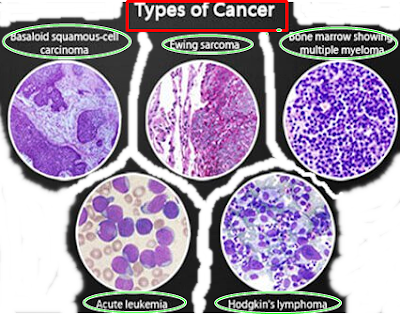Mesothelioma Lung Cancer Cell Types
Pleural mesothelioma cancer consists of one of three cellular patterns: epithelioid, sarcoma or biphasic. Determining the cell type is important because it can help the doctor better diagnose and treat the disease.
Pleural mesothelioma forms in a layer of tissue called the epithelium, which includes hollow organs and body cavities. The cells in this layer are called epithelial cells when they are healthy. When they become cancer, they can become epithelial cells or sarcoidosis, or a combination of both, known as biphasic mesothelioma.

Each cell type has specific characteristics, but the differences are subtle and may complicate the diagnostic process.
The main cell patterns of pleural mesothelioma cells are:
Epithelioid cells appear rectangular with visible nuclei and tend to coalesce. They are the most common type of mesothelioma cancer cells, accounting for 50 to 70 percent of all mesothelioma cancers. Since they are the most treatable type of cells, patients with epithelial cells have the best prognosis.
Sarcomatoid cells are spindle-shaped with a plump and elongated core and usually overlap. This cell pattern is seen in about 10 to 20 percent of all mesothelioma tumors. Since they are the most aggressive and easy to spread cells, there are very few treatment options for patients with this type of cell and a shorter life expectancy is common.
Biphasic cells are a mixture of epithelial cells and sarcomatoid cells. Approximately 20 to 35 percent of all mesothelioma tumors consist of a mixture of these cells. The prognosis may vary depending on the cell mixture and is more favorable in cases containing more epithelial cells than sarcomatoid cells. If the tumor contains sarcomatoid cells, the chances of cancer spread faster, which may limit treatment options.
Pleural mesothelioma forms in a layer of tissue called the epithelium, which includes hollow organs and body cavities. The cells in this layer are called epithelial cells when they are healthy. When they become cancer, they can become epithelial cells or sarcoidosis, or a combination of both, known as biphasic mesothelioma.

Characteristics of pleural mesothelioma cell type
Each cell type has specific characteristics, but the differences are subtle and may complicate the diagnostic process.
The main cell patterns of pleural mesothelioma cells are:
Epithelioid cells appear rectangular with visible nuclei and tend to coalesce. They are the most common type of mesothelioma cancer cells, accounting for 50 to 70 percent of all mesothelioma cancers. Since they are the most treatable type of cells, patients with epithelial cells have the best prognosis.
Sarcomatoid cells are spindle-shaped with a plump and elongated core and usually overlap. This cell pattern is seen in about 10 to 20 percent of all mesothelioma tumors. Since they are the most aggressive and easy to spread cells, there are very few treatment options for patients with this type of cell and a shorter life expectancy is common.
Biphasic cells are a mixture of epithelial cells and sarcomatoid cells. Approximately 20 to 35 percent of all mesothelioma tumors consist of a mixture of these cells. The prognosis may vary depending on the cell mixture and is more favorable in cases containing more epithelial cells than sarcomatoid cells. If the tumor contains sarcomatoid cells, the chances of cancer spread faster, which may limit treatment options.





